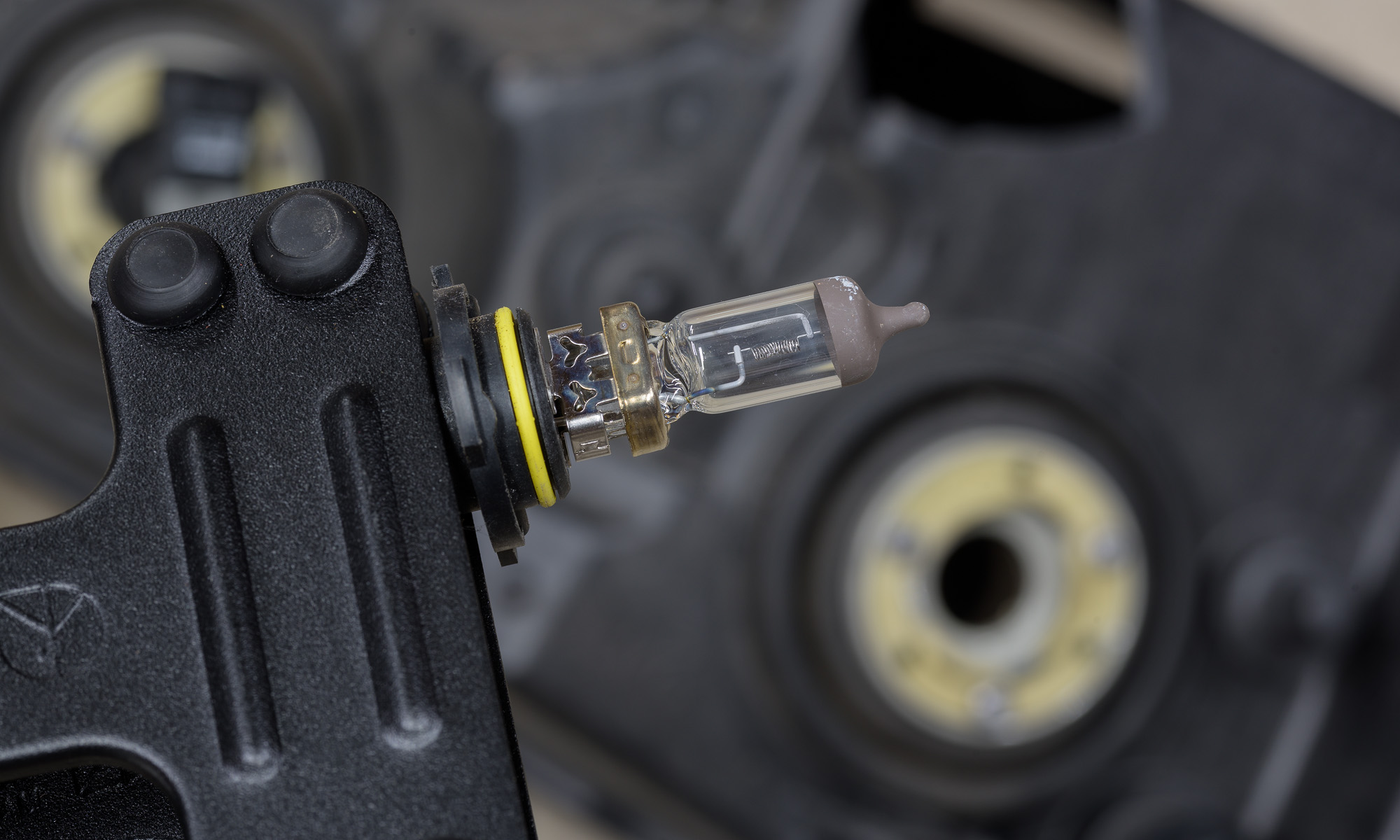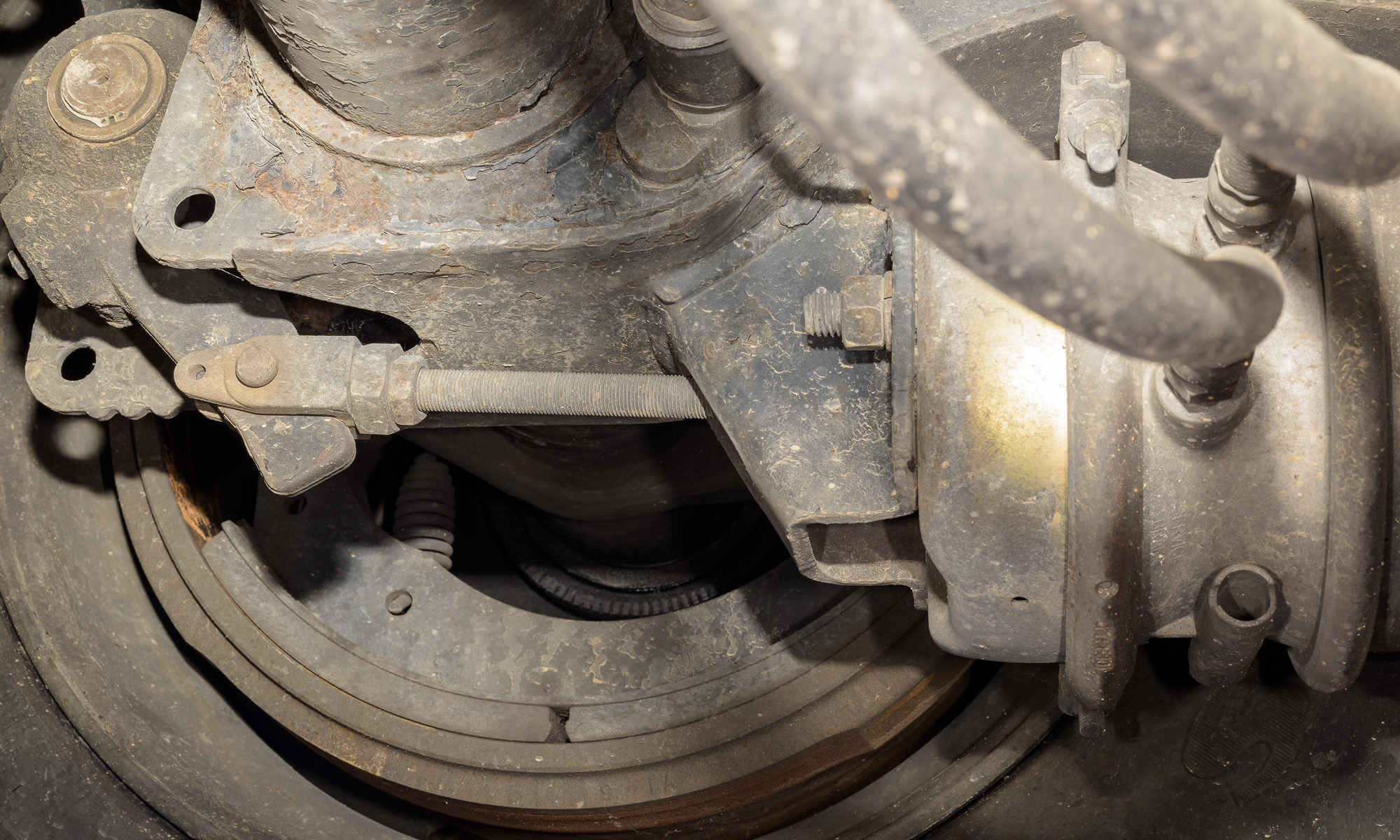After a truck has been involved in a wreck, driving it even a couple feet at the crash scene without first disconnecting the vehicle speed sensor (VSS) will almost certainly destroy any last stop data recorded by the Heavy Vehicle Event Data Recorder (HVEDR), whether it is an Engine Control Module (ECM), an Electronic Control Unit (ECU), or some combination. This loss of digital evidence has often been cited as evidence spoliation, which can have serious repercussions.
This situation is easy to avoid by locating the speed sensor near the transmission output shaft, and disconnecting the electrical plug from the speed sensor. Let the plug hang free. The truck many then be driven or towed without danger of overwriting and losing important data.
It is important to make this common knowledge for truck drivers, wrecker drivers, investigating police officers, and truck service and maintenance personnel. This information can be disseminated through training classes and service bulletins. Labels on trucks near the VIN, near the toll-free number decal for the trucking or adjusting company, and on the accident packet can also help at the crash scene. Here’s a suggested label:
After a crash, do not drive or move vehicle at all without disconnecting vehicle speed sensor.

